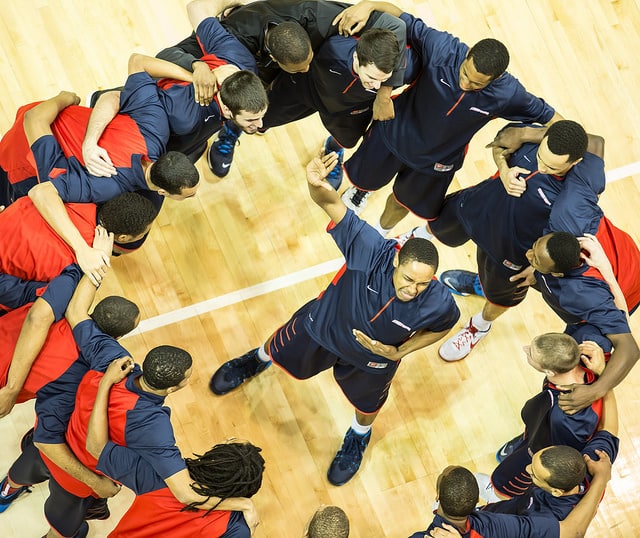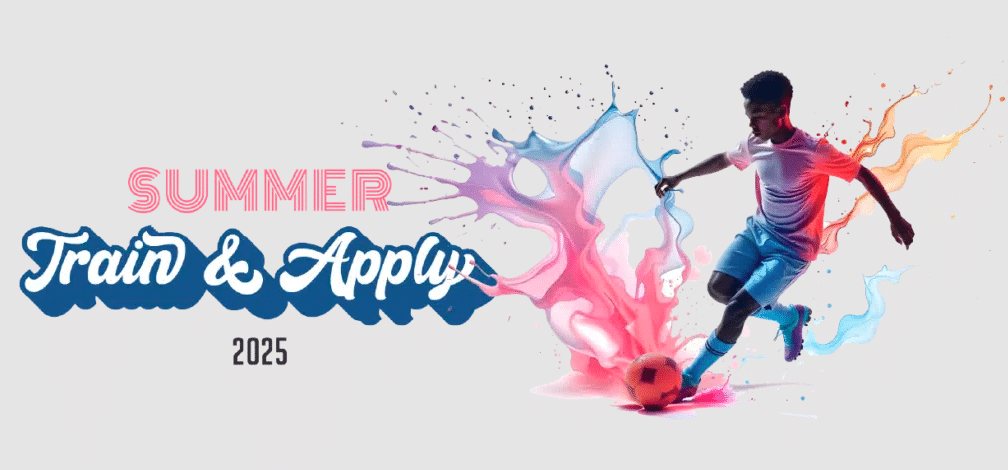
Now that April has begun, March Madness is in full swing! While you may not be a big basketball fan there is a lot that soccer players can learn during this sprint to the NCAA championships. During the three weeks of March Madness all eyes will be watching how collegiate teams pull together to solidify a win. A lot is said about star players during the tournament, but teamwork is what creates champions.
A closer look at how March Madness unfolds shows us that there’s a lot to learn about “team” play from college basketball contenders.
Team Unit of Leaders and Followers
The teams that work together best have coaches and players that act as leaders and players that are willing to follow. It’s a dynamic that has to be in place in order for the team to work like a well-oiled machine. The key is that every player understands the role that they play and how it contributes. Just because a player isn’t a leader that doesn’t mean they aren’t an integral part of the win. Good followers are just as important as good leaders when it comes to teamwork. Good leaders make a connection with the followers and play up their importance rather than trying to puff up their own.
Syracuse’s Jim Boeheim is a great example of what leadership can do for a team. When he was a player for the school he was a captain, and he then went on to become the assistant coach and finally head coach of his alma mater’s men’s basketball team. Though he was a walk-on his Freshman year Boeheim proved his true value lie in his leadership.
Getting Each Other Through the Pressure
Tournaments like the national basketball championship come with a lot of added pressure. Some players can handle the pressure while others need a little assistance. Teamwork means helping each other overcome mental hurdles and keep things in perspective. Even teams that have done well all season can buckle under the pressure of playing for the national championship if they lack leadership and teamwork.
Can-do Attitude
When faced with adversity some rise to the occasion despite all odds. We hear the Cinderella stories almost every year. We cheer when the long-shot prospects come in and give the star teams a run for their money. These underdogs aren’t held together by a single star player. It’s the result of solid teamwork that creates a can-do attitude.
The 1985 Villanova Wildcats run for the championship is one of the best known underdog stories in March Madness history. At the end of the regular season they weren’t even in the NCAA polls. But the players were known for being a tightknit group that could handle obstacles, and coach Rollie Massimino was known for his ability to create team chemistry. After taking out Maryland, North Carolina and Michigan in the playoffs, the team’s efforts paid off in a dramatic 66-64 win over Georgetown for the national championship.
Adapting to New Challenges
Thinking on the fly and adapting to the new challenges that come with playing higher level competitors under higher stakes is easier when you have the support of your team. All of the points above lead to a cohesive team unit that’s ready to take on the challenges together. They trust each other and know that they can count on each other, which is what helps them meet the challenges head-on.
Image Source: flickr.com/photos/96491161@N03/13200471115
Latest Posts
Everything That’s Included in an Avila Soccer Birthday Party
When we think about celebrating a birthday in Round Rock...
Read MoreSpring Break Camp: Perfect Time to Level Up Your Soccer Skills
Spring break isn’t just a break from school—it’s a chance...
Read MoreTrain Smarter, Play Better: Flexible Soccer Programs for Every Player
Soccer isn’t just about running fast or kicking hard—it’s about...
Read MoreMaximizing Your Summer Training: The ‘Train & Apply’ Approach
A Smarter Way to Train This Summer Most soccer players...
Read More




